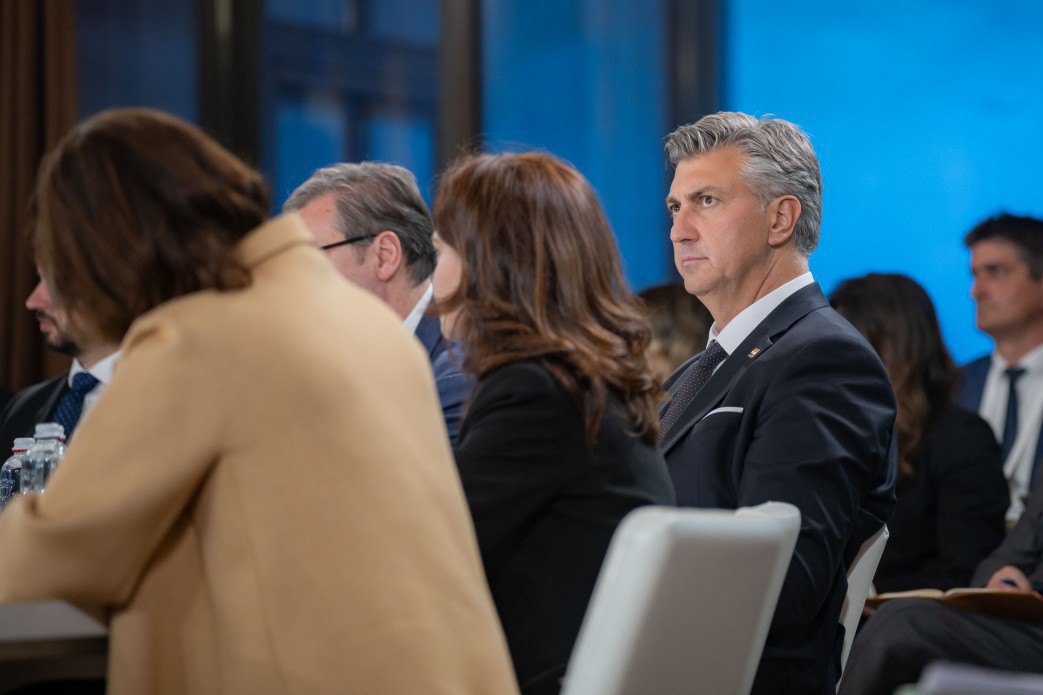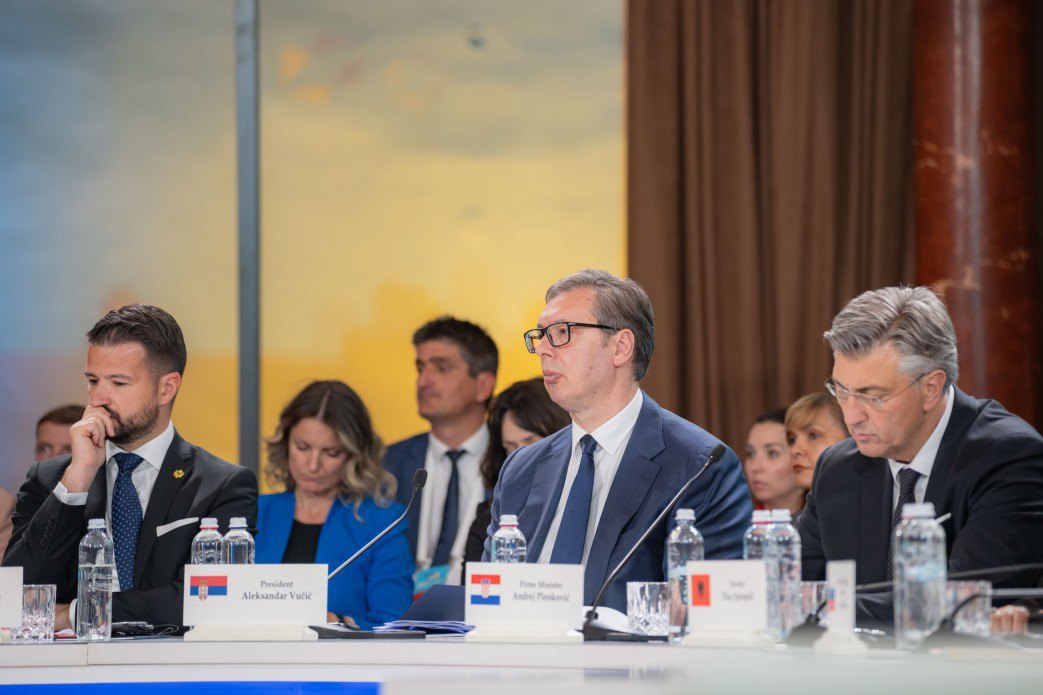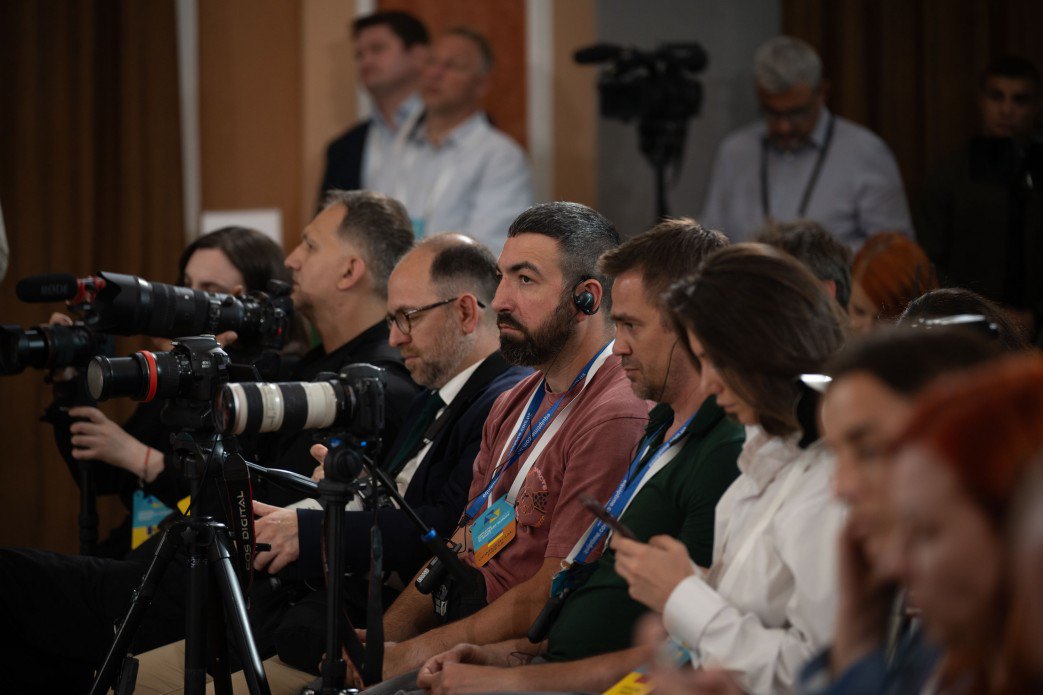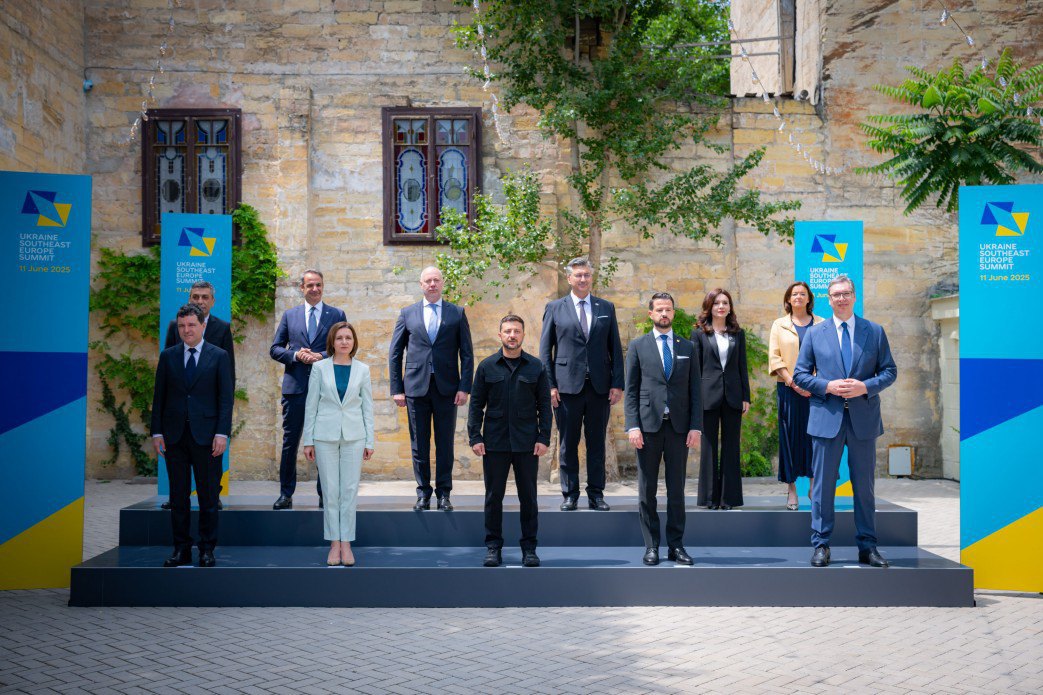
A task with an asterisk
The Odesa Summit was a logical continuation of the Bucharest Nine meeting in Vilnius the day before, a format of NATO's eastern flank that was launched after the annexation of Crimea.
Opening the event, Volodymyr Zelenskyy outlined three key priorities: defence, unity and real development.
‘The security of Southeast Europe and the Black Sea region is inseparable. This has always been obvious to us, but it has become especially relevant after 2014. And today we are forced not only to fight for our country, but also to work to ensure that this reality remains the cornerstone of global politics,’ the Ukrainian leader stressed.
On the eve of the NATO summit in the Netherlands on 24-25 June, these theses are gaining in importance, but the stakes are rising: amid new challenges - in particular, changes in US foreign policy priorities and some confusion in European decision-making centres - the situation is turning into an asterisked task. It's not just about influencing the agenda. The stakes are higher: to scale defence priorities to the whole of Europe, which is increasingly losing its foothold.
Keeping the US on board
Amid Washington's waning interest in European security — and, at times, even tacit appeasement of Russia — the situation is growing increasingly alarming.
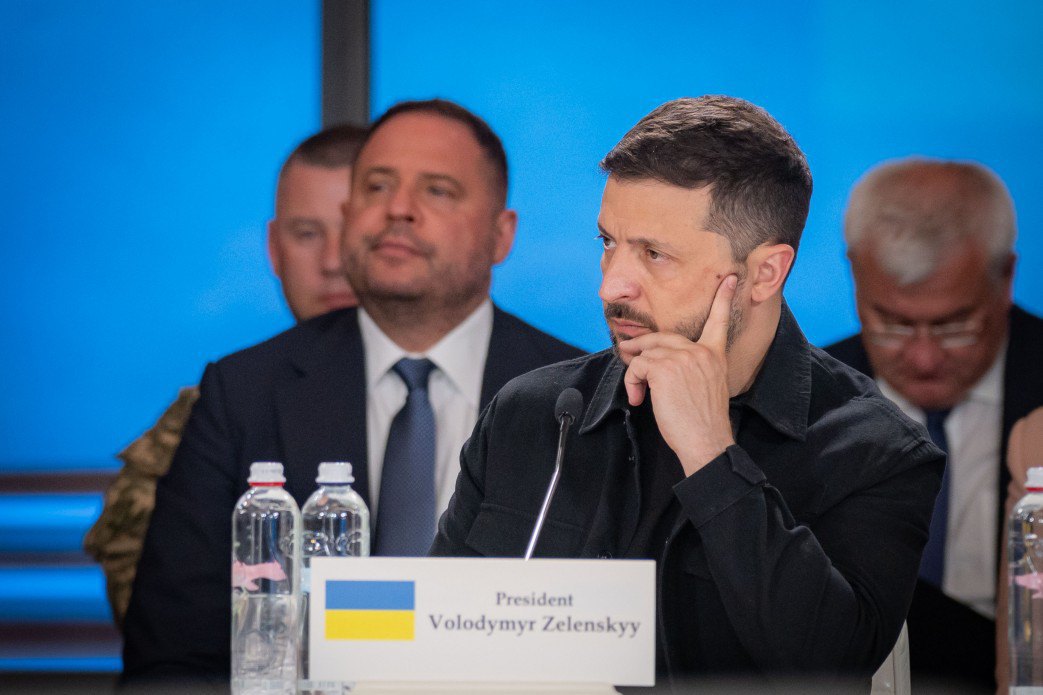
‘NATO gives Europe the strength to compete globally. Without it, European nations would be in a minority against other global players. And that is why we have to support each other,’ Volodymyr Zelenskyy stressed.
Nevertheless, recent manifestations of American policy towards European partners demonstrate a completely different vector - a reassessment of Europe's global role. These signals include interference in electoral processes in some EU countries, open support for political forces that broadcast pro-Russian messages, the rhetoric of pressure and ‘appeasement’, and hints of a reduction in US military forces in Eastern Europe.
No less alarming are the signals regarding Ukraine: ignoring the meetings of the Defence Contact Group (Ramstein), redeploying tens of thousands of missiles to the Middle East that were originally intended for Ukraine, and the threat of further cuts in defence support.
‘Previously, destabilisation in Europe has twice dragged American soldiers into devastating wars. That is why it is critically important for America to remain involved in the European security architecture,’ Zelenskyy stressed.
All of this is shifting priorities from expansion to preservation, and it appears that broad regional coalitions have stepped in to save the day.

The main role of the second plan
Of course, these trends are also evident to Ukraine's neighbours, who are experiencing certain consequences of Russian aggression not from the news but from their own experience. And although the final communiqué of the summit was restrained, the main point was made between the lines: a united Europe is gradually transforming into a network of peripheral centres of gravity.
In this context, it is hard not to notice the change in Kyiv's tone. While in 2023-2024 the topic of future NATO membership sounded almost ultimatum-like from the Ukrainian side, today the rhetoric is noticeably softer. And most importantly, the strategy is changing: the emphasis is increasingly on regional formats, bilateral agreements, and partnership initiatives. They are becoming the mainstay of lobbying for Ukraine's interests in an unstable geopolitical landscape.
But while earlier the question was about NATO expansion, now it is about preserving the Alliance as such. And it is against this background that the security emphasis in Europe is rapidly shifting: the voices of the periphery - countries for which the Russian threat has long ceased to be a theoretical construct - are becoming louder.
The Danube Centre of Gravity
The summit focused on security challenges in the strategic triangle of Ukraine, Moldova, and Romania. All three leaders mentioned the difficult situation in the region. Moreover, Volodymyr Zelenskyy stressed that the scenario of Russia moving south, destabilising Moldova and creating further threats to Romania is quite realistic - and it is the scenario that Moscow has been hinting at since the first weeks of the great war.
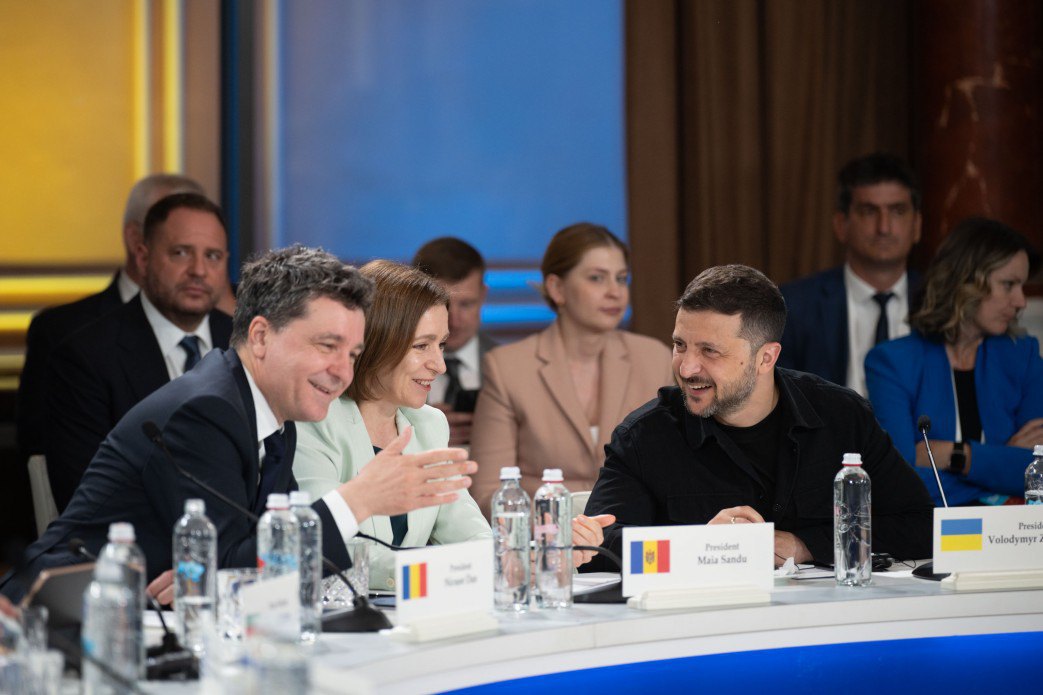
‘Russian military plans are aimed at this region - Odesa, and then at the borders with Moldova and Romania,’ the Ukrainian president said.
The concern was echoed by the leader of neighbouring Moldova, Maia Sandu, who added that ‘Russia will not stop in Moldova if it is not stopped in Ukraine’. She also openly warned of possible Russian interference in the run-up to Moldova's parliamentary elections this autumn.
All 11 leaders stressed their commitment to the principles of international order, the rule of law and international law. As the Bulgarian Prime Minister stressed, the time has come for ‘legal prosecution’ of all crimes committed by Russia.
It is therefore symbolic that this is the agenda on the eve of the NATO summit, which will take place in the city that is a symbol of international criminal accountability - The Hague.
